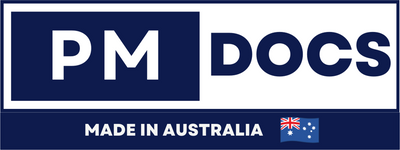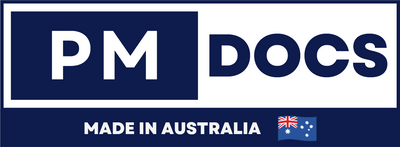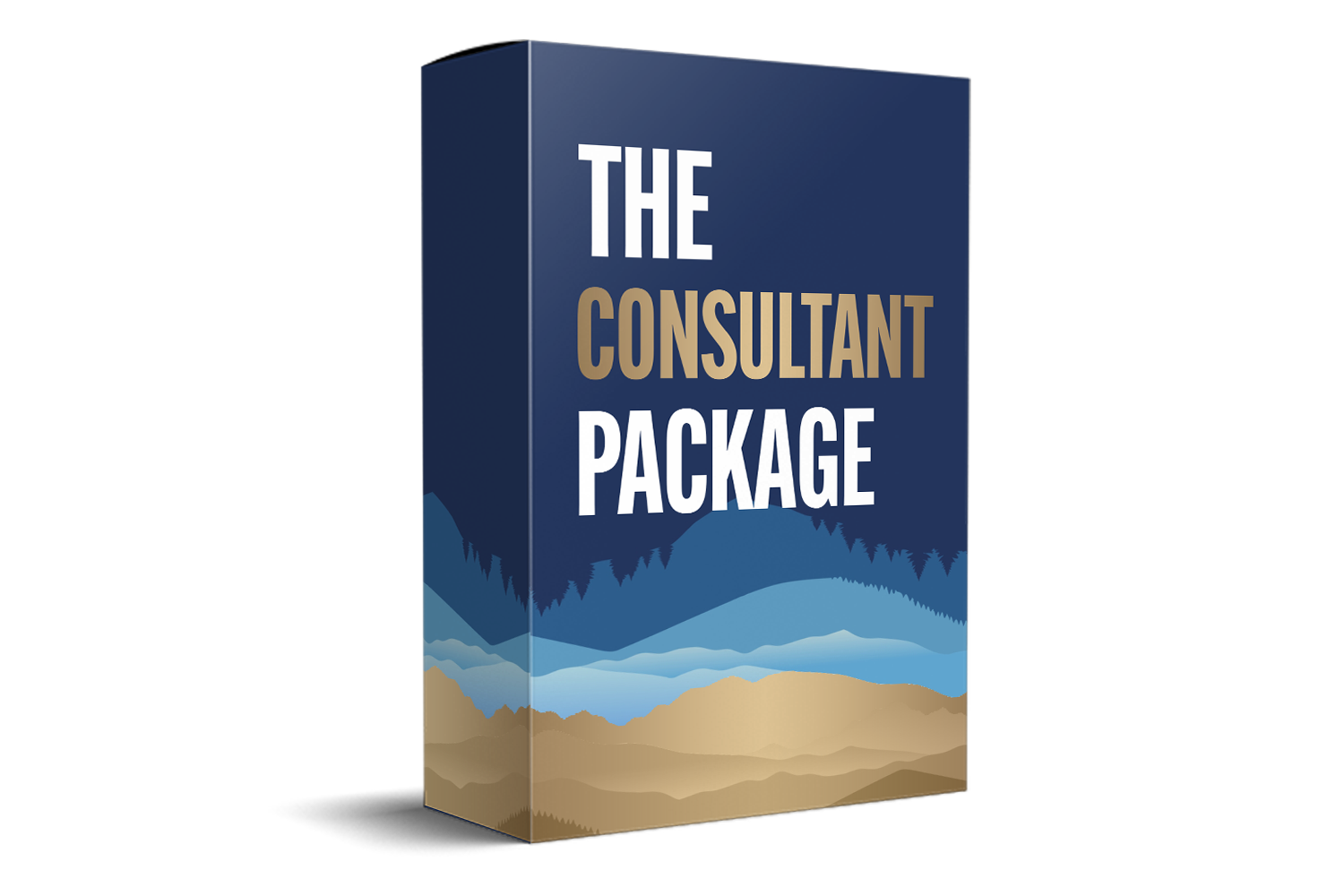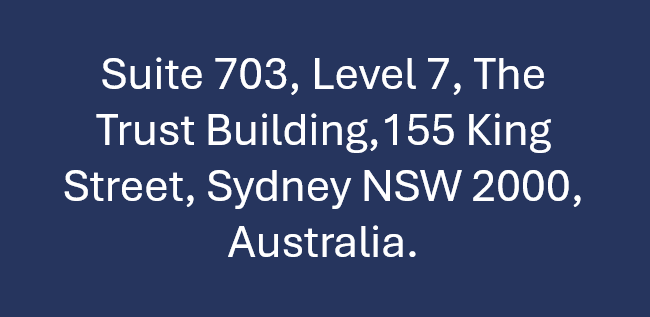Australian Standard ISO 31000:2018 Risk Management Explained
Navigating Uncertainty: Your Guide To AS/NZS ISO 31000:2018 Risk Management Explained
In today's dynamic and often unpredictable world, organisations across all sectors face a myriad of challenges and opportunities. From supply chain disruptions and technological advancements to regulatory changes and shifting market demands, the landscape is constantly evolving. Effectively managing these uncertainties is not just good practice; it's a strategic imperative for survival and growth.

This is where risk management becomes crucial, and for Australian and New Zealand organisations, AS/NZS ISO 31000:2018 Risk Management – Guidelines provides the ultimate compass. Adopted directly from the international standard ISO 31000:2018, this guideline offers a universal and internationally recognised approach to managing risk, applicable to any organisation, regardless of its size, type, or nature.
Unlike some ISO standards, ISO 31000 is not designed for certification. Instead, it provides a comprehensive set of principles, a robust framework, and a systematic process that organisations can adapt to their unique circumstances to create a resilient and forward-thinking risk management culture.
What Is AS/NZS ISO 31000:2018?
At its core, AS/NZS ISO 31000:2018 defines risk as the "effect of uncertainty on objectives." This definition is critical because it highlights that risk isn't just about negative outcomes; it also encompasses the potential for positive deviations – opportunities – that can arise from uncertainty. The standard aims to help organisations integrate risk management into all their activities, from strategic decision-making to day-to-day operations.
The 2018 revision placed a stronger emphasis on the importance of leadership commitment, the integration of risk management into all organisational processes, and the human and cultural factors that influence how risk is perceived and managed. It's less prescriptive than its predecessor, focusing more on the underlying principles and the iterative nature of risk management.
The standard is structured around three core components:
-
Principles: The foundation for effective risk management.
-
Framework: The architecture for integrating risk management into an organisation's governance and operations.
- Process: The systematic application of management policies, procedures, and practices to the activities of communicating, consulting, establishing the context, identifying, analysing, evaluating, treating, monitoring, and reviewing risk.
Delveing Deeper Into Each Of The Components
1. The Principles of Effective Risk Management
The AS/NZS ISO 31000:2018 standard outlines eight fundamental principles that underpin effective risk management. These principles are not optional; they are the bedrock upon which a robust risk management system is built.
| Principle | Key Takeaway |
|---|---|
| 1. Integrated | Risk management is an integral part of all organisational activities – not a standalone activity or department. It's embedded in all processes, including decision-making. |
| 2. Structured and comprehensive | A systematic, timely, and structured approach to risk management contributes to consistent and comparable results. |
| 3. Customised | Risk management is tailored to the organisation's internal and external context, its objectives, and its specific needs. One size does not fit all. |
| 4. Inclusive | Appropriate and timely involvement of stakeholders enables their knowledge, views, and perceptions to be considered. This fosters engagement and ownership. |
| 5. Dynamic | Risks can emerge, change, or disappear, and so risk management continually anticipates, recognises, and responds to those changes and events. It's cyclical, not linear. |
| 6. Best available information | Risk management explicitly considers historical and current data, qualitative aspects, expert judgment, and stakeholder perceptions. It acknowledges limitations and uncertainties of information. |
| 7. Human and cultural factors | Risk management recognises the capabilities, perceptions, and intentions of people external and internal to the organisation that can facilitate or impede achieving objectives. |
| 8. Continual improvement | Risk management is continually improved through learning and experience. Organisations should regularly review their risk management processes and outcomes. |
2. The Risk Management Framework
The framework is the set of components that provides the foundations and organisational arrangements for designing, implementing, monitoring, reviewing, and continually improving risk management throughout the organisation. It ensures that the principles are applied consistently and that the risk management process is embedded across all levels.
Key elements of the framework include:
-
Leadership and Commitment: Top management must lead by example, demonstrating their commitment and accountability for risk management.
-
Integration: Ensuring risk management is not a separate function but an intrinsic part of all organisational plans, operations, functions, and decision-making.
-
Design: Establishing the organisation's risk management policy, allocating resources, and defining roles, responsibilities, and authorities.
-
Implementation: Deploying the framework, including effective communication and consultation strategies.
-
Evaluation: Periodically measuring the performance of the framework against its purpose, implementation plans, and indicators.
- Improvement: Continually adjusting and enhancing the framework based on evaluation outcomes and new knowledge.
3. The Risk Management Process
The risk management process describes the systematic application of management policies, procedures, and practices to the activities of communicating, consulting, establishing the context, identifying, analysing, evaluating, treating, monitoring, and reviewing risk. It is an iterative process, meaning it's not a one-time activity but a continuous cycle.
Here's a breakdown of the key steps in the risk management process:
| Step | Description | Key Actions |
|---|---|---|
| 1. Communication and Consultation | This is not a step but an ongoing activity that occurs throughout the entire risk management process. It involves sharing information and engaging with internal and external stakeholders. It ensures that relevant parties are informed, understand the risks, and contribute their knowledge and perspectives. | Actively involve stakeholders, establish feedback loops, clearly explain the risk process and outcomes. Build a shared understanding of risk. |
| 2. Scope, Context, and Criteria | Defining the scope of the risk management activity, understanding the external and internal context in which the organisation operates, and establishing the risk criteria against which risks will be evaluated (e.g., risk appetite, acceptable levels of risk). | Define objectives, identify external factors (e.g., economic, social, regulatory), internal factors (e.g., culture, capabilities), and set criteria for evaluating risk significance (e.g., consequence, likelihood, timeframes). |
| 3. Risk Identification | Identifying sources of risk, areas of impact, events, their causes, and their potential consequences. This step aims to generate a comprehensive list of risks, including opportunities. | Brainstorming, checklists, scenario analysis, SWOT analysis, interviews, incident reviews. Consider what, when, where, why, and how events could affect objectives. |
| 4. Risk Analysis | Developing an understanding of the nature of the risk and its characteristics, including the level of risk. This involves considering the likelihood of events and their potential consequences. | Determine likelihood (probability or frequency) and consequence (impact) for each identified risk. Use qualitative (e.g., high/medium/low) or quantitative (e.g., financial impact, specific probability) methods. |
| 5. Risk Evaluation | Comparing the results of risk analysis with the established risk criteria to determine whether the risk (or its level) is acceptable or tolerable. This step supports decision-making about whether further treatment is required. | Compare analysed risks against pre-defined risk criteria (risk appetite/tolerance). Prioritise risks based on their potential impact and likelihood. Decide which risks need treatment. |
| 6. Risk Treatment | Selecting and implementing appropriate options for modifying risk. This might involve avoiding the risk, taking or increasing the risk to pursue an opportunity, removing the risk source, changing the likelihood, changing the consequences, or sharing the risk (e.g., insurance). | Develop action plans for selected treatments. Options include: avoid, transfer, mitigate (reduce likelihood/consequence), accept (monitor). Implement chosen treatments and allocate resources. |
| 7. Monitoring and Review | Monitoring and review are ongoing activities that occur throughout the entire process. They involve checking the effectiveness of risk controls, the performance of the risk management framework, and the changing context that might influence risks. This ensures continuous improvement. | Regularly check that controls are working, review the effectiveness of treatment plans, re-evaluate risks periodically, and review the overall framework's suitability. Report on risk performance and compliance. |
Benefits Of Adopting AS/NZS ISO 31000:2018
Implementing a risk management system aligned with AS/NZS ISO 31000:2018 offers a multitude of benefits for Australian and New Zealand organisations:
-
Improved Decision-Making: By systematically identifying and evaluating risks and opportunities, organisations can make more informed and robust strategic and operational decisions.
-
Enhanced Resilience: A proactive approach to risk helps organisations anticipate and prepare for potential disruptions, making them more resilient to adverse events.
-
Achievement of Objectives: By managing uncertainties, organisations increase their likelihood of achieving their goals and objectives.
-
Compliance and Governance: It supports compliance with legal and regulatory requirements and strengthens corporate governance practices.
-
Optimised Resource Allocation: Enables more efficient allocation of resources by prioritising efforts on the most significant risks and opportunities.
-
Increased Stakeholder Confidence: Demonstrates a commitment to responsible management, building trust with customers, investors, employees, and regulators.
-
Innovation and Opportunity: By understanding and managing risks associated with new ventures, organisations can more confidently pursue opportunities for innovation and growth.
- Improved Organisational Culture: Fosters a culture of transparency, accountability, and continuous learning regarding risks and opportunities.
Who Should Use AS/NZS ISO 31000:2018?
The beauty of AS/NZS ISO 31000:2018 lies in its universal applicability. It is designed to be used by any public or private entity, whether it's a large corporation, a small business, a government agency, a non-profit organisation, or even an individual project. The principles and process are scalable and adaptable to all levels and types of risk an organisation might face.
Conclusion
In an increasingly complex and interconnected world, risk is an ever-present factor. For Australian and New Zealand organisations aiming not just to survive but to thrive, mastering risk management is non-negotiable. AS/NZS ISO 31000:2018 provides a powerful and practical roadmap for achieving this. By embedding its principles, establishing a robust framework, and consistently applying its process, organisations can transform uncertainty from a potential threat into a catalyst for growth, innovation, and sustained success.
Embrace AS/NZS ISO 31000:2018 not as a burden, but as an essential tool to navigate your organisation towards a more certain and prosperous future.




